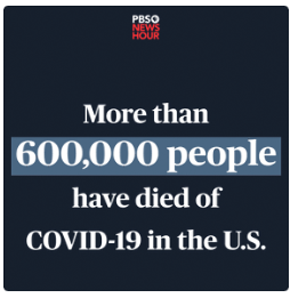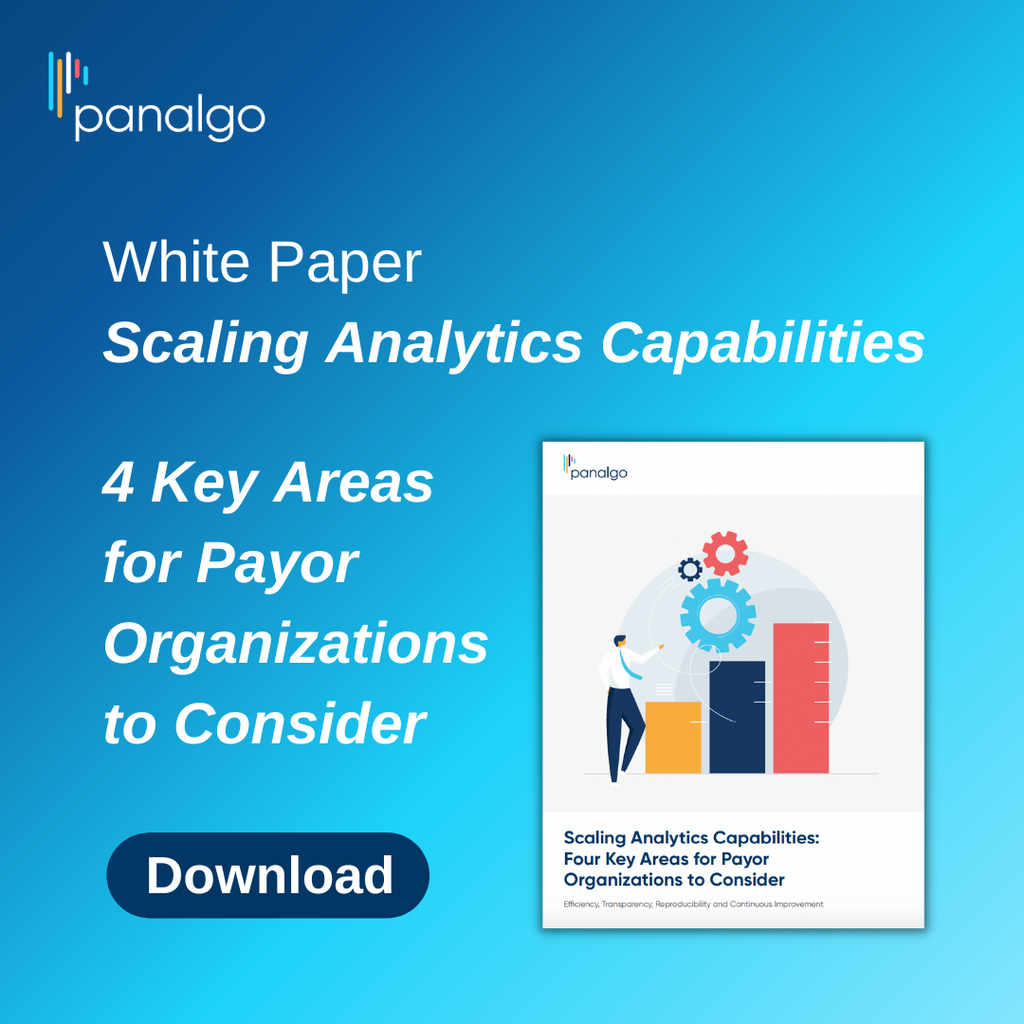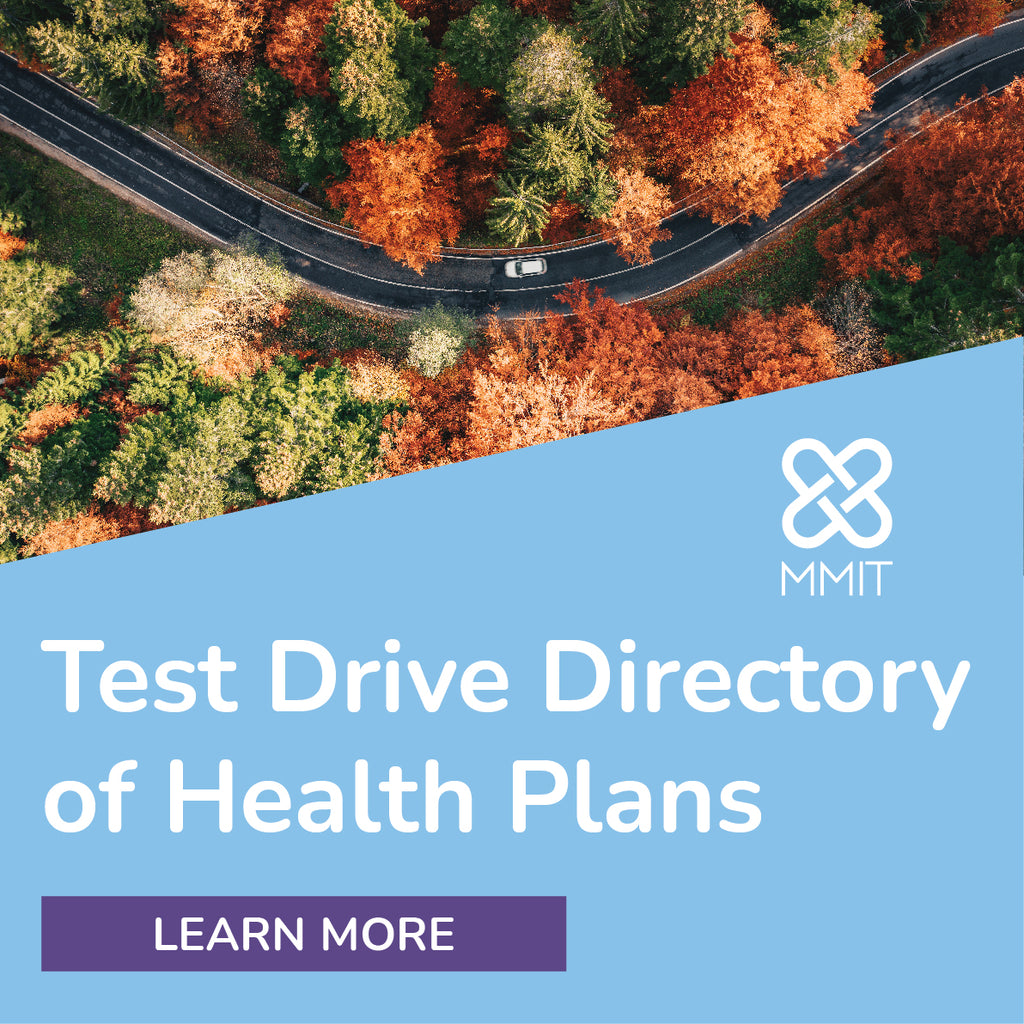Radar on Drug Benefits
-
Senate Will Likely Decide Fate of Drug Pricing, PBM Reforms
Even as Congress inches closer to passing the largest individual spending bill in U.S. history through budget reconciliation, health care insiders are still uncertain what drug pricing measures could make their way through both chambers. However, D.C. insiders say that some combination of Medicare Part D out-of-pocket spending caps, Medicare drug price negotiation, caps on launch prices and/or price growth, and PBM reform are all possible — though policies will have to make their way through the twin gauntlets of the preferences of Senate committees and the rules requirements of budget reconciliation.
Consideration of drug pricing measures has moved to the Senate. Insiders expect H.R. 3, the law introduced by Speaker Nancy Pelosi (D-Calif.), has the votes to make it out of the lower chamber. However, few expect that the bill would make it through the Senate intact. H.R. 3, titled the Lower Drug Costs Now Act, caps Part D out-of-pocket costs, allows Medicare to negotiate drug prices and bans the price of drugs from increasing faster than the annual rate of inflation. Some — but not all — of those provisions could clear the Senate.

-
Aduhelm Approval Prompts Backlash, Could Bring Investigation
Aduhelm (aducanumab), the Biogen Inc. Alzheimer’s drug recently approved by the FDA, seems less and less likely to be dispensed to patients, as prominent providers, practitioner groups and experts have all publicly argued against doing so. Several health insurers have said they will not pay for the drug unless patients pass strict prior authorization standards — and the FDA approval itself could be in jeopardy as the agency’s acting commissioner has called for the HHS Office of Inspector General (OIG) to investigate the process that led to the approval.
FDA Acting Commissioner Janet Woodcock, M.D., on July 9 asked the OIG to investigate the approval process for Aduhelm. (Woodcock was not involved in the decision to approve the drug.)

-
News Briefs
✦ Eli Lilly & Co. is making a direct equity investment in MiNA Therapeutics Limited, a company that describes itself as “the pioneer in small activating RNA therapeutics.” Lilly’s investment of $15 million comes roughly two months after the companies agreed to work together on developing novel drug candidates using MiNA’s proprietary small activating RNA (saRNA) technology platform. The smaller firm said it will use the proceeds from Lilly’s investment to advance and expand its internal pipeline of saRNA therapeutics, “which is initially focused on immuno-oncology and genetic diseases.”
✦ CureVac N.V. revealed the results of a Phase 2b/3 study of its coronavirus vaccine candidate, saying it demonstrated an overall efficacy of 48% against COVID-19 of any severity. That falls short of the 50% efficacy threshold set by the World Health Organization “to ensure that a widely deployed COVID-19 vaccine is effective,” although the German biopharmaceutical firm emphasized that the vaccine was 53% effective in the 18 to 60 age group against disease of any severity and across all 15 identified strains. The vaccine was 77% effective against moderate to severe disease for that age group and provided 100% protection against hospitalization and death in that cohort.

-
Generic Drug Prices Vary Significantly Across Hospitals
In an effort to increase transparency, CMS now requires hospitals to provide pricing information for all medications and services. A recent GoodRx analysis of 12 common generic medications in 16 hospitals found that hospital chargemaster prices of generic drugs are higher than the average retail price at pharmacies and vary markedly from hospital to hospital. For instance, one 50 mg tablet of sertraline (generic for depression and anxiety drug Zoloft) costs $57 a pill at Sunrise Hospital in Las Vegas but just 50 cents a pill in Camden Clark Memorial Hospital in West Virginia. In addition, among the 16 hospitals GoodRx analyzed, only six fully complied with CMS price transparency mandates.
-
Prime Therapeutics Rolls Out New Medical Benefit Offering
An earlier version of this story incorrectly said that per Prime Therapeutics LLC’s recommendation, one health plan shifted to oncology biosimilars from the reference drugs and realized hundreds of millions of dollars in savings. The plan realized millions in savings. This version has been corrected.
As payers continue to look for ways to tackle the rising spending on specialty drugs, Prime Therapeutics LLC is launching a medical drug management program. Known as MedDrive, the offering will be rolled out in phases, with the initial one focused on increasing the use of biosimilars.












